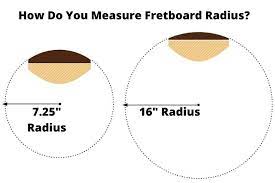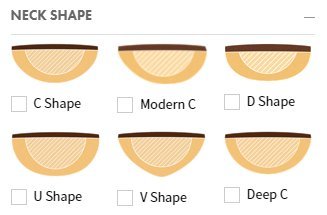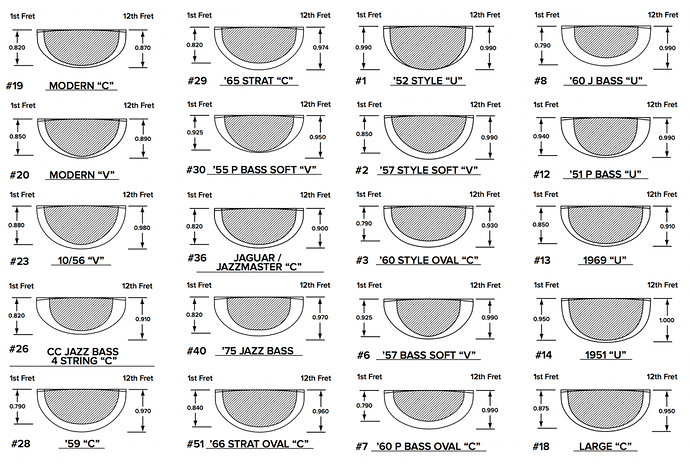Thinking back I was more concerned about what the bass sounded like, and I was very concerned with the P-Bass vs. Jazz bass. I ended up with a PJ, and eventually concluded that there really wasn’t much difference for the majority of applications.
If I were asked for advice, I’d say get what you like ( e.g. “Man I really like that bass, looks cool, and it looks cool on me. Bad ass… etc.” But, I would limit that what I would call “mainstream” basses. Any bass that sells in volume, like a Stingray, or a Yamaha, or a Ibanez, or Fender. The stuff that’s hanging on the wall at Guitar Center. I would expect any of these basses to fit just about anyone. Are they the same, certainly not, but what bass makes you happy to strap it on? What about a Gibson Thunderbird? Looks cool, but never saw one in person, so nah, I wouldn’t get that sight unseen. Stay with the popular basses. They’re popular for a reason.
In my case I found a 20 year old Squier PJ for $200 in good condition except for a broken signal jack. Someone put some Shehan styled DiMarzio rail pickups in it, and some strat pots. It’s an interesting bass in that while is says “Squire Precision Bass” on the head stock, the neck is a jazz neck. But, the bones of the bass were ok. I repaired the jack, put in some proper pups,and the way I went with the B2B course.
And, I learned on that bass for about 6 months. I decided I liked it, and that’s great because I already liked the look of the P-bass platform. Now I was ready for bass No. 2, the platform with the right colors, etc. I ended up building it from parts, and now i have my “dream bass,” a nice Seafoam Green Fender/Warmoth PJ with Seymour Duncan pup, and Hipshot hardware. I’m happy, so I practice and go!
My advice would be, what platform do you like! What platform appeals to you? If it’s a popular, you like it aesthetically, and it’s affordable. Go for it.
You might end up with a flat fretboard or a rounded one, or whatever, but it will be the bass you like!



